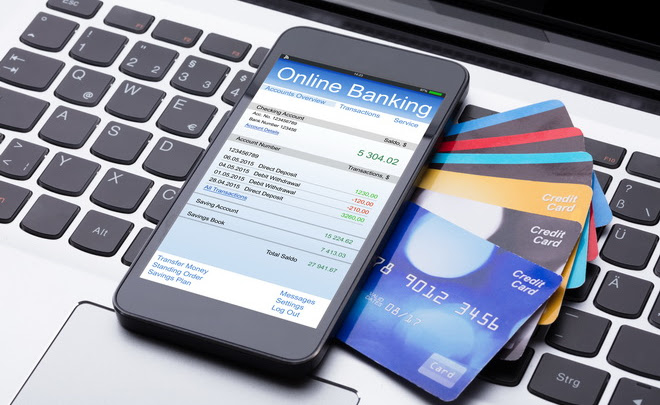E-banking is an activity that conducts transactions, payments, and other transactions via the internet with a bank-owned website equipped with a security system. From time to time, more and more banks provide internet banking services which are regulated through Bank Indonesia Regulation No. 9/15/PBI/2007 of 2007 concerning 7722 Application of Risk Management in the Use of Information Technology by Commercial Banks. The implementation of internet banking is the application or application of information technology that continues to develop and is used to answer the wishes of banking customers who want fast, safe, comfortable, cheap and available services at any time and can be accessed from anywhere, be it from cellphones, computers, laptops/note books, PDAs, and so on.
The application of information technology in internet banking will increase efficiency, effectiveness, and productivity as well as increase revenue through a sales system that is much more effective than conventional banks. Without the application of information technology in internet banking, internet banking will not work and be utilized by the banking industry. In general, in providing internet banking services, banks provide information about their products and services via portals on the internet, providing access for customers to transact and updating their personal data. The business requirements of internet banking include: a). easy-to-use application; b). services can be reached from anywhere; c). inexpensive; d). can be trusted; and e). reliable (reliable).
In Indonesia, internet banking has been introduced to banking consumers since several years ago. Several large Indonesian state-owned or private banks that provide these services include BCA, Bank Mandiri, BNI, BII, Lippo Bank, Permata Bank and so on. Internet banking has provided benefits to banks, including:
- Business expansion
- Customer loyality
- Revenue and cost improvement
- Competitive advantage
- New business model
Business expansion. In the past, a bank had to have a branch office to operate in a certain place. Then this is made easier by simply placing the ATM machine so that he can be present at the place. Then there is phone banking which begins to eliminate the physical limit where customers can use the phone to carry out their banking activities. Now there is internet banking which makes it even easier because it eliminates space and time limits.
Customer loyalty. In particular, customers who frequently move (mobile), will feel more comfortable to carry out their banking activities without having to open accounts at different banks in various places. He can use only one bank.
Revenue and cost improvements. The cost of providing banking services through Internet Banking can be cheaper than opening a branch office or setting up an ATM machine.
Competitive advantage. Banks that have internet banking will have an advantage compared to banks that do not have internet banking. In the near future, people do not want to open an account at a bank that does not have Internet Banking facilities.
New business models. Internet Banking enables a new business model. New banking services can be launched over the web quickly.
The various types of technology include:
- Automated Teller Machine (Automated Teller Machine)
- Banking Application System
- Real-Time Gross Settlement System
- Online Banking (Internet Banking)
- Electronic Clearing System

